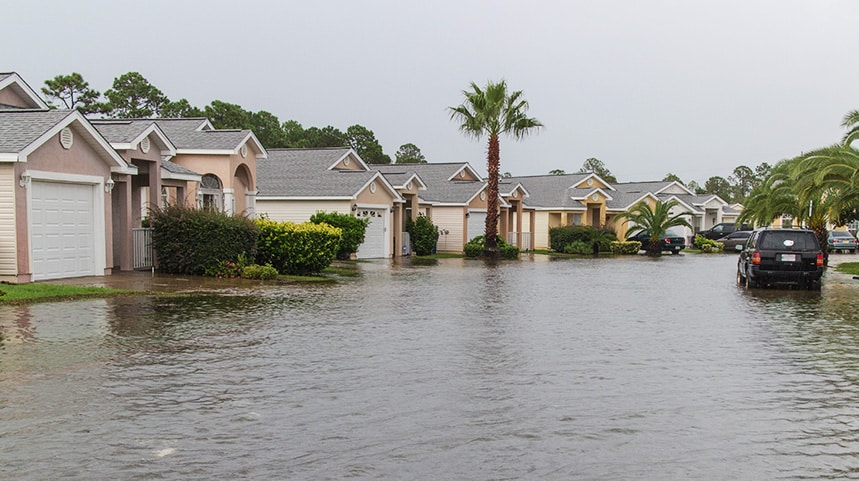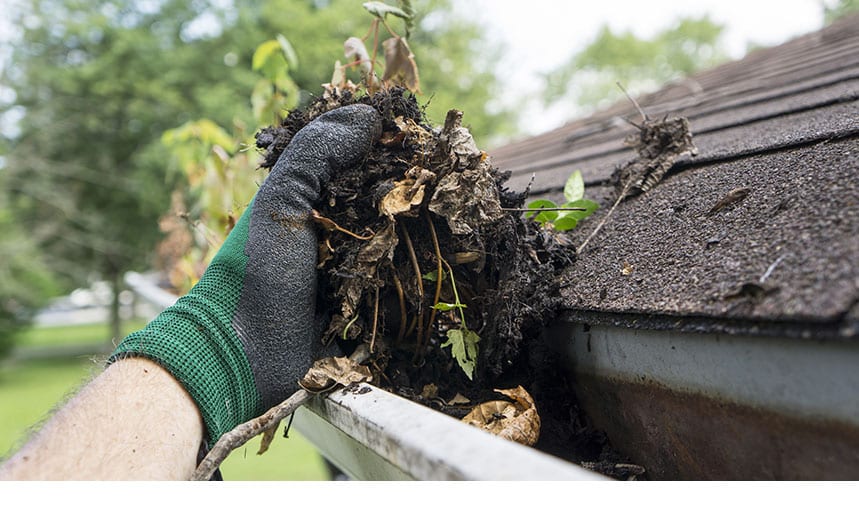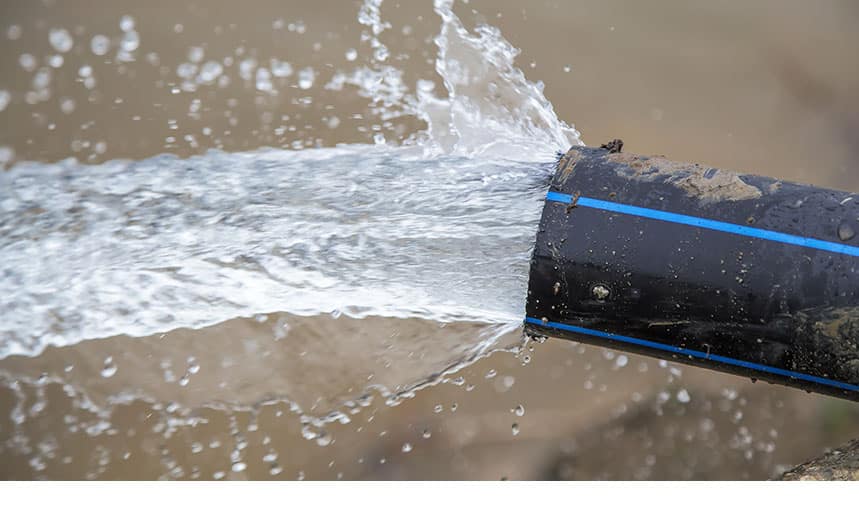
Here are six proactive steps you can take for protecting your home, family or other occupants from dangerous storms.
Letting a leaky roof be exposed over and over again to dangerous storms or even simple rainfall can be one of the costlier mistakes a homeowner makes. In addition to unsightly water stains, roof leaks can soak attic insulation, which can lead to rot and mold.
It may cost a little bit but having a reputable roofing contractor inspect your roof, check it for undetected leaks, and make any necessary repairs can be an investment that more than pays for itself in terms of saving you health problems and extensive damage.
This is a topic we’ve written about before but we think it’s important to emphasize how important it is to clean your gutters and downspouts. Keeping gutters clean, repairing any gutter leaks, and making sure that gutters and downspouts are draining properly can save you some big headaches when the rain starts falling.

Increasingly, storm repair experts are turning to a unique material known as closed-cell polyurethane foam (ccSPF) to insulate the walls, ceiling, and roof of a building to help fortify it. Known colloquially as “spray foam insulation,” this tactic not only helps increase a building or home’s weather resilience but also creates a stronger, more energy-efficient structure. Spray foam insulation also helps improve the wind resistance of roofs as well as strengthening walls significantly.
As a natural deterrent to flooding, the ground “should” slope away from your home’s foundation. Another wise investment is buying a sump pump to remove any groundwater that may seep inside the home. For the most satisfying peace-of-mind, many home security companies and some smart home security products offer flood detection among their services offered.

In addition to wrecking walls and personal possessions, flooding can also damage furnaces and air conditioning units. For this reason, HVAC equipment should be installed in areas above the level that flood waters might reach. If the equipment can’t be elevated, consider protecting it by having a concrete or masonry block built around it. Any electrical systems including service panels, meters, switches, and outlets should be raised by at least one foot to accommodate flood waters. Washers and dryers can be placed on cinder blocks to protect them from invading water.
Finally, keep a stockpile of anything you might need if you have to take shelter inside your home during a storm. A battery-operated weather radio, several flashlights, and plastic sheeting are just a few things that might come in handy during a storm. Your emergency stockpile might also include fresh batteries, canned foods and non-perishable items, and blankets in case you lose electricity.
Storms, hurricanes, and floods aren’t going away, so protecting your home from storm damage and flood waters is more important than ever. By taking some proactive steps to protect your home, you will be better enabled to defend it should the time come. These small investments will pay big dividends if storm season turns out to be worse than forecasters think.

Unless otherwise noted, each use of "Storm Guard," “us,” “we,” or “our” throughout Stormguardrc.com collectively refers to both the Storm Guard brand and the Storm Guard Franchise System, which is made up almost exclusively of independently owned and operated franchise locations.